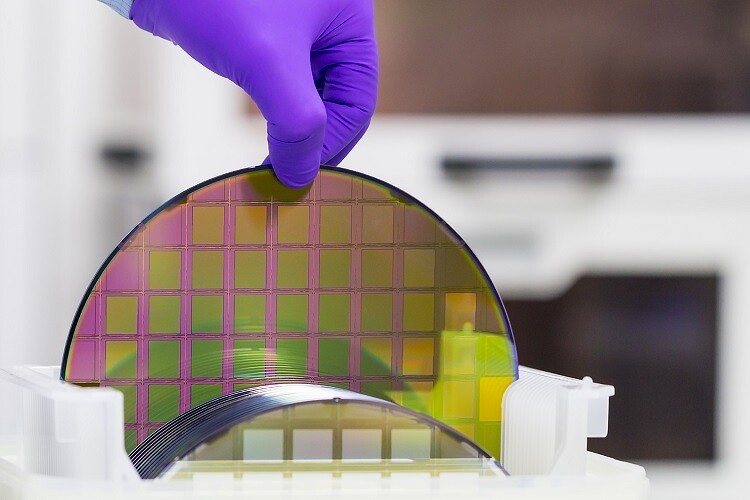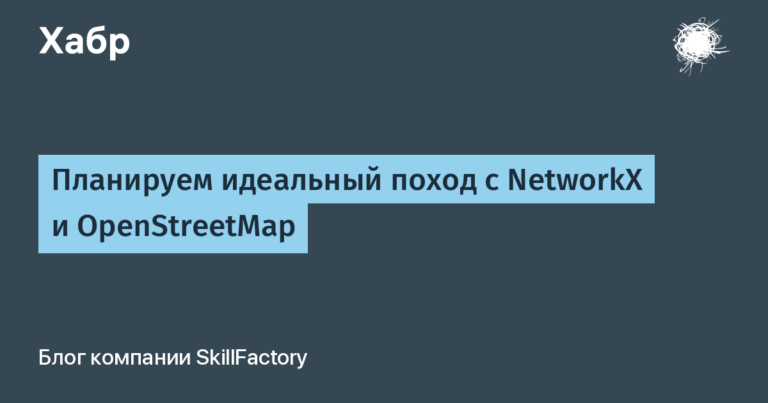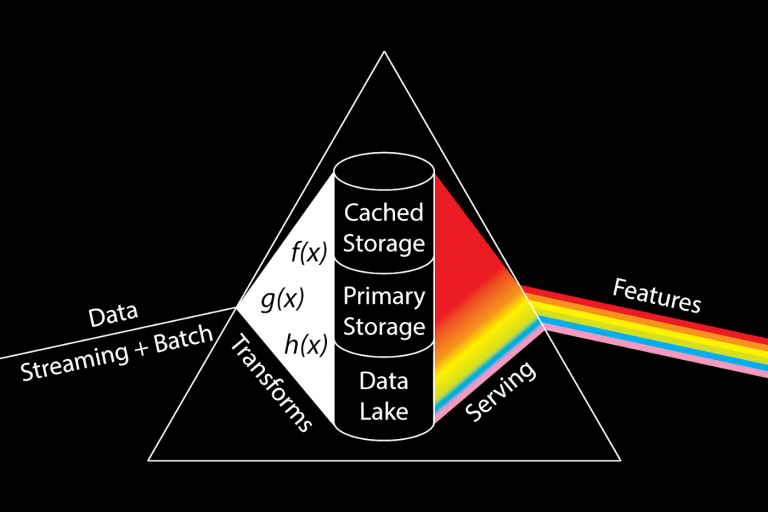lithographic scanner suppliers continue to earn hundreds of millions of dollars in China

The theme of the trade war between China and the United States has continued to be relevant for several years now. Particularly acute is the issue of supplying tools for the production of electronics and components to China. Gradually, more and more restrictions are introduced, which hinder the development of the electronics industry in China.
In particular, the country banned the import of lithographic machines for the production of modern chips. In addition, the United States announced the introduction of more stringent restrictions, which should lead to the blocking of supplies and lithographic scanners for not the most modern, but still very popular in the production of chips. However, suppliers including Lam Research in the US and ASML Holdings NV in the Netherlands have no plans to suspend shipments yet and have even reported an increase in shipments to China. What is going on?
Growth in deliveries and revenue
The other day it became known that both companies mentioned above plan to increase revenue due to the growth of orders from China. Nobody is going to refuse them, at least in the near future.
The most popular systems ordered by the Chinese are lithographic scanners for the production of chips that are used in smartphones, PCs, and the automotive industry. As they say: “Old, but not useless.”
Initially, it was believed that the new sanctions would lead to a complete blocking of the supply of this kind of equipment. But after studying the new laws by lawyers and consulting with the US authorities, it turned out that not everything is so scary. Therefore, for example, the American company Lam Research plans to receive several hundred million dollars for its systems. And, probably, this is not the limit.
Moreover, this company received $500 million in advance payments, with the bulk of payments coming from China. Earlier we already wrote that Chinese companies are going to buy such tools for the future. Such a strategy will help the PRC hold out until the release of its own scanners, the development of which is very, very active, with the support of the country’s authorities.
Not one company does this, but many electronics manufacturers from China. For example, SMIC, HuaHong, Nexchip, Silan Microelectronics and other companies purchase not only whole used lithographic machines, but also individual components and spare parts for them. Buys equipment and the company Huawei, which is currently under the toughest sanctions of all Chinese electronics manufacturers.
As for the second company, ASML, which appears most often in the media, it has already received orders for two years in advance, and its order book has reached about $39 billion (and this is not a typo). About $10 billion of this amount comes from Chinese customers. Among the latter are not only manufacturers of computer equipment. Most of the customers from China are manufacturers of components for cars and electric vehicles, which over the past few years has become, in fact, a “smartphone on wheels”.
“>

So China is doing well?
Not really. The problem is that the United States is blocking access to companies from the Middle Kingdom to equipment for the production of chips 40 nm and below. Prior to this, the sanctions concerned equipment for the production of 14 nm, 28 nm chips, and now there is a new round that can become a real problem. And it lies in the fact that in the end, China may end up with a 90-nm process technology, the chips that were produced many years ago. For some industries, everything is OK, but for the production of laptops, PCs, modern smartphones, etc. is a crisis.

So far, all the sanctions that appeared relatively suddenly on the horizon have not entered into force. But if all the alleged restrictions are introduced while blocking export licenses for the sale of advanced chip manufacturing tools to Chinese companies, then there will be many problems. More than the Celestial Empire can handle.
The fact is that China has several companies that are still working more or less smoothly, despite the sanctions. One of them is SMIC. And if it, as well as other chip manufacturers, is denied access to the production of 40 nm microcircuits, then the Chinese semiconductor industry can roll back 10 years. True, there is an additional factor in the form of damage to wafer manufacturers (WFE), but in the current situation, probably, few people pay attention to such nuances.
China solves problems as they come
Now the country is actively developing an autonomous electronic industry. According to the country’s new industrial doctrine, the production of electronics is one of the foundations of national security. Well, this is solved in different ways – from allocating more than a trillion US dollars in equivalent to luring specialists to the country.
Representatives of the People’s Republic of China poach talented engineers from other companies, including TSMC. The incentive for the transition is a triple salary. In addition to money, insurance is also offered, vacations, benefits for education.

The “hunt” itself has been going on for several years (earlier, of course, engineers were also lured away, but not so actively). Hunting itself is a strategy that was developed by representatives of the Chinese industry and scientists from the Chinese Academy of Sciences. The first point of the plan is to attract professionals to the industry. The authors of the plan reasonably believe that a good specialist must receive a lot of money in order to be interested in his work.
In addition, China is building new supply chains, which involve several companies that are not directly related to the country. Of course, these schemes are probably detectable, but control by the States is not always perfect, so some chains will work, although their “throughput” is, of course, less than in the case of direct cooperation with equipment suppliers.
You may also be interested in these texts:
→ How to connect a payment system with Payments to Telegram
→ Cloud with state certification: how to use the flexibility of virtualization and comply with FSTEC orders
→ Ways to organize infrastructure with databases: from simple to complex and efficient
The situation is still complicated, “it has gone somewhere, it has arrived somewhere”, but still China is making a lot of efforts to solve the problem, so the probability of overcoming the crisis in electronic and semiconductor supplies is not zero.





